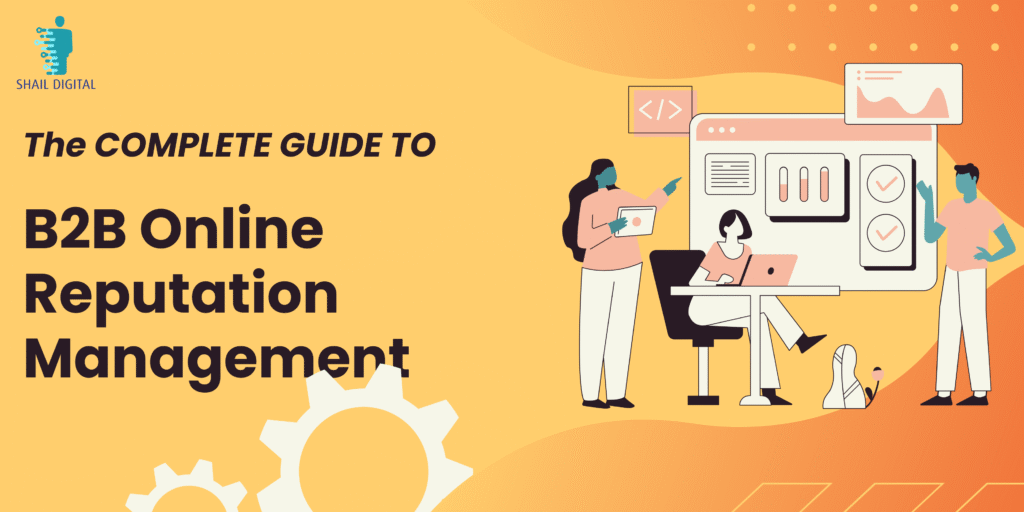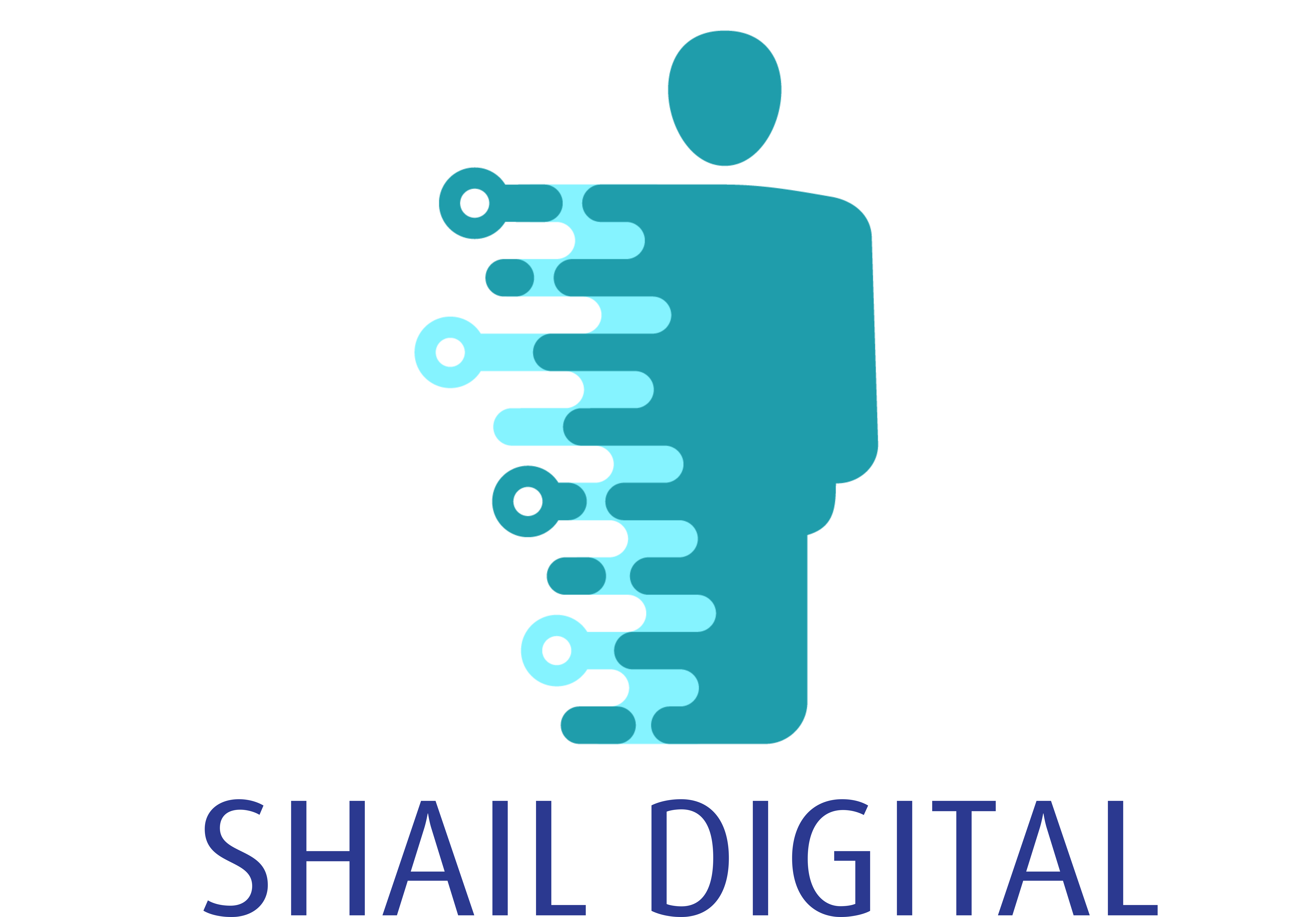B2B Online Reputation Management: The Complete Guide

Introduction: Why Online Reputation Management Matters in B2B
In today’s digitally driven world, a company’s reputation is shaped long before a sales conversation begins. Buyers are doing their homework, researching, comparing, and forming opinions based on what they find online. That’s where Online Reputation Management (ORM) comes into play.
At its core, online reputation management involves actively monitoring, shaping, and improving how a brand is perceived across digital platforms. It’s not just about damage control; it’s about building long-term trust, authority, and credibility in your space.
But when it comes to B2B companies, the dynamics are distinct. Unlike B2C, where online reviews and social chatter often influence quick buying decisions, B2B deals are high-value, long-cycle, and relationship-driven. A single negative review or inconsistent brand presence might not spark outrage, but it can quietly kill a deal. Reputation in B2B isn’t about popularity; it’s about being perceived as a reliable, strategic partner.
For B2B organizations, managing online reputation means ensuring that everything, from a LinkedIn post to a Google review to a case study, reflects the professionalism, expertise, and trustworthiness that clients expect when making a significant business decision.
In this blog, we’ll explore how B2B brands can proactively manage and protect their online reputation, and why doing so is critical for long-term success in a trust-based marketplace.
Why B2B ORM Is a Strategic Asset
In B2B, buying decisions take time and involve multiple stakeholders. That makes a strong online reputation not just valuable, but essential.
1. Long Sales Cycles Mean Deep Research
B2B buyers don’t make decisions overnight. They research extensively, visiting websites, reading reviews, and checking your LinkedIn presence. If your digital footprint lacks credibility, you may lose the deal before it even begins.
2. Multiple Stakeholders, Multiple Expectations
From C-suite leaders to technical teams, B2B decisions involve various people with different priorities. Your online presence needs to address all of them, demonstrating both business value and technical capability.
3. Poor Presence = Missed Opportunities
An outdated website, negative reviews, or a lack of thought leadership can quietly eliminate you from consideration. First impressions are often digital, and in B2B, they matter more than ever.
The Four Media Pillars of B2B ORM: Earned, Owned, Shared, and Paid
In B2B, building a credible online reputation relies on a strategic balance of Earned, Owned, Shared, and Paid media, often referred to as the EOSP framework. Each plays a distinct role in how your brand is perceived and trusted by decision-makers. But across all four, digital hygiene is the foundation that keeps your presence polished and professional.
1. Owned Media
Includes: Website, blog, whitepapers, case studies, landing pages, newsletters.
- Your most controllable asset, and often the first stop for B2B buyers.
- Strong owned content should educate, showcase expertise, and support the sales cycle.
- Digital hygiene is critical here, a slow website, outdated content, or broken links can immediately damage credibility.
2. Earned Media
Includes: Reviews (G2, Clutch), client testimonials, analyst mentions, PR coverage, awards.
- Third-party validation carries heavy weight in B2B.
- Positive mentions build trust with skeptical buyers, especially when deals are high-value.
- A well-maintained digital presence (thanks to good digital hygiene) increases your chances of being mentioned positively and accurately.
3. Shared Media
Includes: LinkedIn posts, comments, forums, employee advocacy, online communities.
- B2B buyers and influencers often engage with brands on LinkedIn or industry-specific forums.
- Active, thoughtful engagement builds familiarity and reputation.
- Digital hygiene here means consistent brand messaging, up-to-date profiles, and professional conduct across platforms.
4. Paid Media
Includes: LinkedIn ads, Google ads, sponsored posts, paid partnerships.
- Best used to amplify strong owned or earned assets, like webinars, reports, or case studies.
- In B2B, authenticity and value outperform aggressive promotions.
- Ensure that landing pages tied to paid campaigns follow digital hygiene best practices, no typos, no broken links, and clear CTAs.
All four media pillars work together to shape how your brand is perceived in the B2B space, but it’s digital hygiene that ensures your message is clear, consistent, and credible across every channel.
How to Build and Protect Your Online Reputation in B2B
In B2B, reputation isn’t just about visibility, it’s about trust. Here are key strategies to manage it effectively:
1. Audit Your Digital Presence
Review your website, LinkedIn, and review platforms regularly. Fix outdated content, branding mismatches, or broken links.
2. Lead with Thought Leadership
Share insights through blogs, LinkedIn posts, and webinars. Let your expertise speak before your sales team does.
3. Manage Reviews Proactively
Request reviews on G2, Clutch, etc. Respond to both praise and criticism with professionalism.
4. Empower Employees
Encourage teams to share brand content and represent the company authentically online.
5. Monitor Conversations
Track mentions, reviews, and media using tools like Google Alerts. Respond quickly and constructively.
6. Use Paid Media Wisely
Promote reputation-building content, like case studies, not just sales offers.
Conclusion: Reputation is the New First Impression
In the B2B world, your reputation often speaks before your team ever does. It’s not just a marketing asset, it’s a strategic differentiator. From well-maintained websites to credible third-party reviews and meaningful conversations on LinkedIn, every digital touchpoint shapes how decision-makers perceive your brand.
When done right, it supports every stage of the buyer journey, from awareness to decision. For brands aiming to be seen as serious, strategic partners, managing your online presence isn’t optional; it’s foundational.
If you’re looking to strengthen your digital footprint and take control of your online reputation, partnering with Shail Digital can make all the difference. Let us help you shape a presence that builds trust, drives engagement, and positions your brand exactly where it needs to be.


Recent Comments